When searching out foreign food in China, bread can be a source of contention. When one is used to eating the western variety, one’s mouth is not really prepared slightly salty or sweet tastes. This can also wreck havoc when making a sandwich. To paraphrase a line of thinking back in New Jersey, the innards of a sandwich can be awesome, but if the bread is awful, the sandwich will end up as a rank failure. So, when you find a shop that mostly gets it right, it is a cause for celebration. In this regard, let’s consider Bagelous Head in Wuxi.

This place is relatively new, and it is located next to a shop that sells New York style pizza by the slice and another offering very messy hotdogs. The specialty at this shop, allegedly, are bagels.

Let’s get one thing out of way. If one is a bagel snob — and I am not — these don’t taste like bagels. This is because this type of bread is boiled first, baked second. This leads to a tough, dense, and chewy texture. Bagelous Head’s offerings do not taste that way. They are more like donut-like-in-shape bread rings.
That being said, what is on the shop’s menu still works well. They don’t have the earlier noted issues that come with a lot of Chinese bread. So, while technically not a bagel, the bread quality is still good. Let’s consider a few of offerings one by one. Keep in mind that following pictures are of take out, and these sandwich were eaten after driving back to Changzhou from Wuxi. So, they sat in a car for a little over an hour.
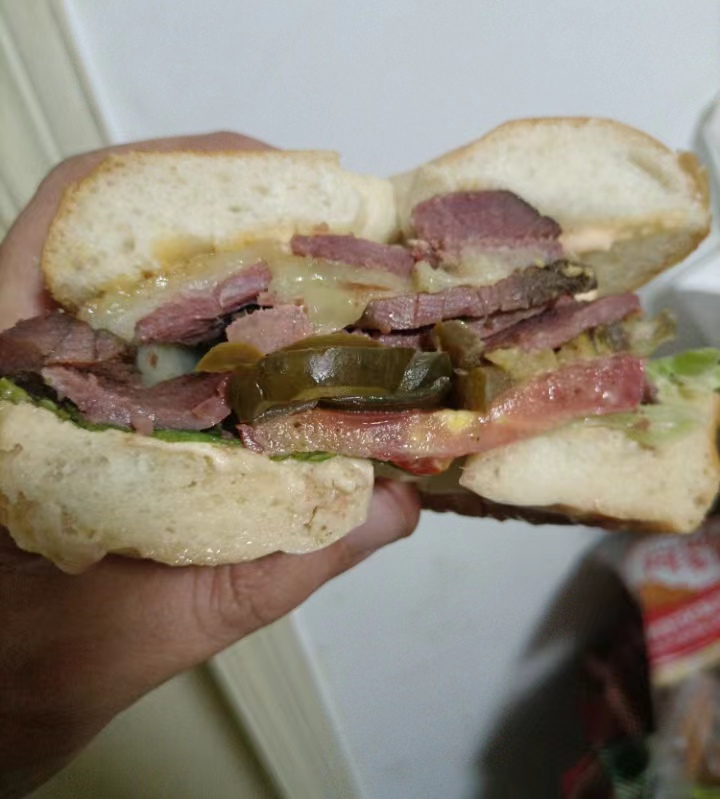
This is listed as a mozzarella Rueben. It certainly isn’t that. Reubens tend to have sauerkraut and cheese on cured meat — usually pastrami or corned beef. The meat here tastes more like cured beef one can buy in Chinese supermarkets, which means it’s slightly spicy and like nothing you’d ever find in a Jewish deli. That being said, it’s still a good sandwich, and I would have no problem ordering it again upon a return visit.
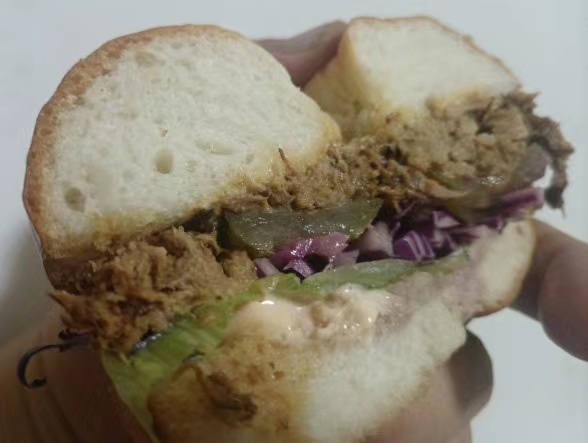
This is shredded pork with red cabbage and pickles. Also, quite good.
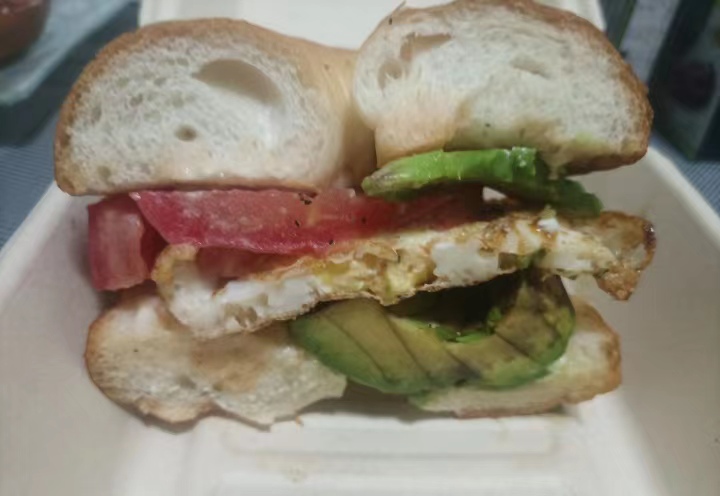
Here we have a vegetarian — but not vegan — friendly tomato, avocado and egg sandwich. The simplicity works very well here.
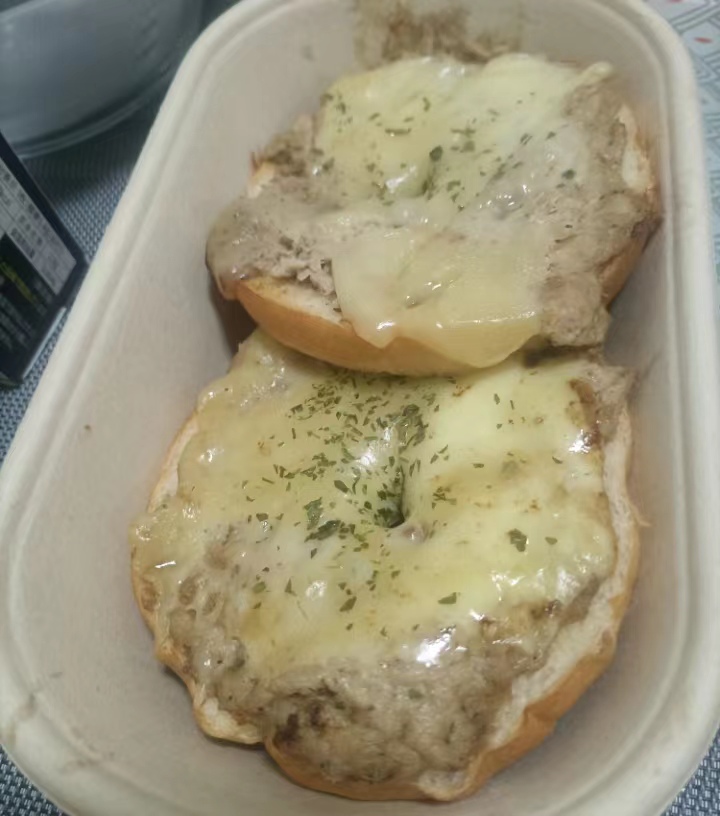
This is tuna and mozzarella served in an open-faced style. My dining partner wanted this, and I was initially hesitant at first. In America, there are things called tuna melts, which is essentially what this is. I used to hate them, because the only time I ever had them were in high school and college cafeterias. These sorts of places always like to cut corners for budgetary reasons, and to that end, the alleged diary product used was processed American.
Let’s face it, that stuff really isn’t cheese and typically isn’t all that great. Personally speaking, I only want it on eggs or on a burger. Also, maybe in a grilled ham and cheese. But, That’s about it. Oh, and the 20-slice abomination Burger King is serving in Thailand is unforgivable.
Getting back to the point at hand, I was surprised I liked this. The tuna itself had been dusted with oregano, and of course, if I said I hated mozzarella in general, the ghosts of my Italian ancestors would torment and haunt me. Bagelous Head actually made me rethink the concept of a tuna melt. Good for them.

This shop is in easy walking distance from the Sanyang Plaza subway station where Wuxi Metro lines 1 and 2 intersect.

For those driving there, the best place to park is beneath the 66 Center 恒隆广场. The shop, and it’s too also good neighbors, is two blocks away on foot. If one does choose to park there, though, be warned: getting in and out involves driving one of the most insanely narrow spirals I have ever seen.

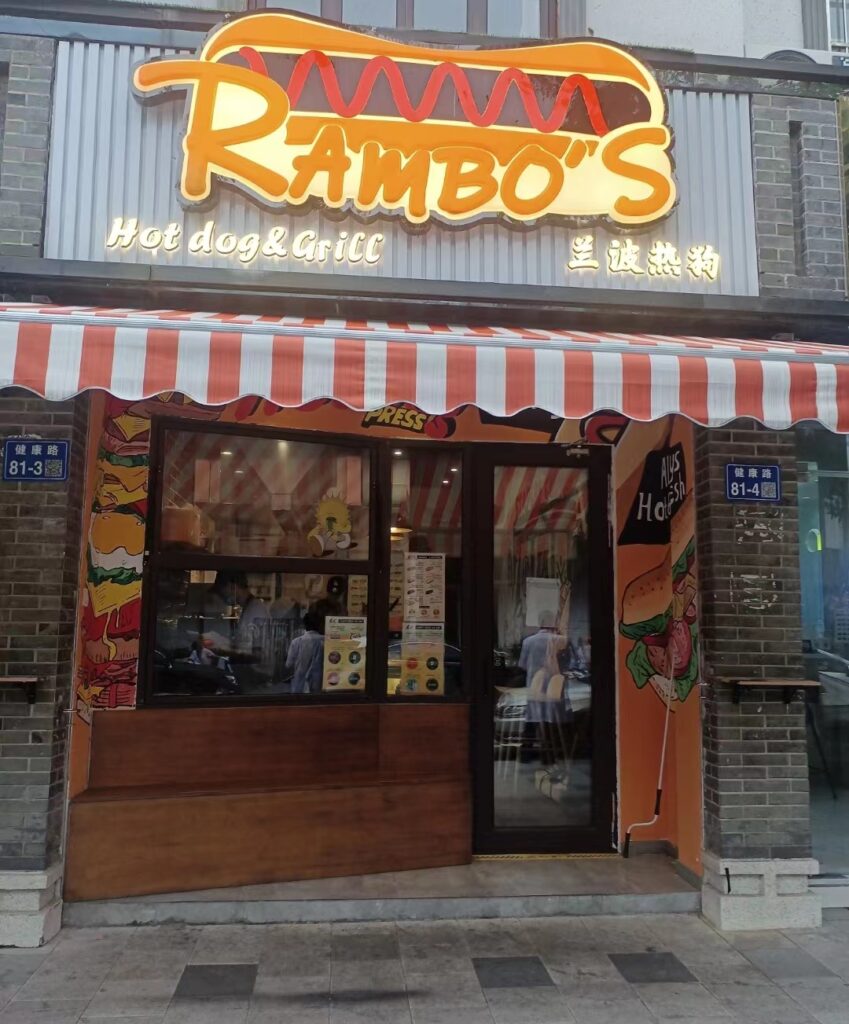
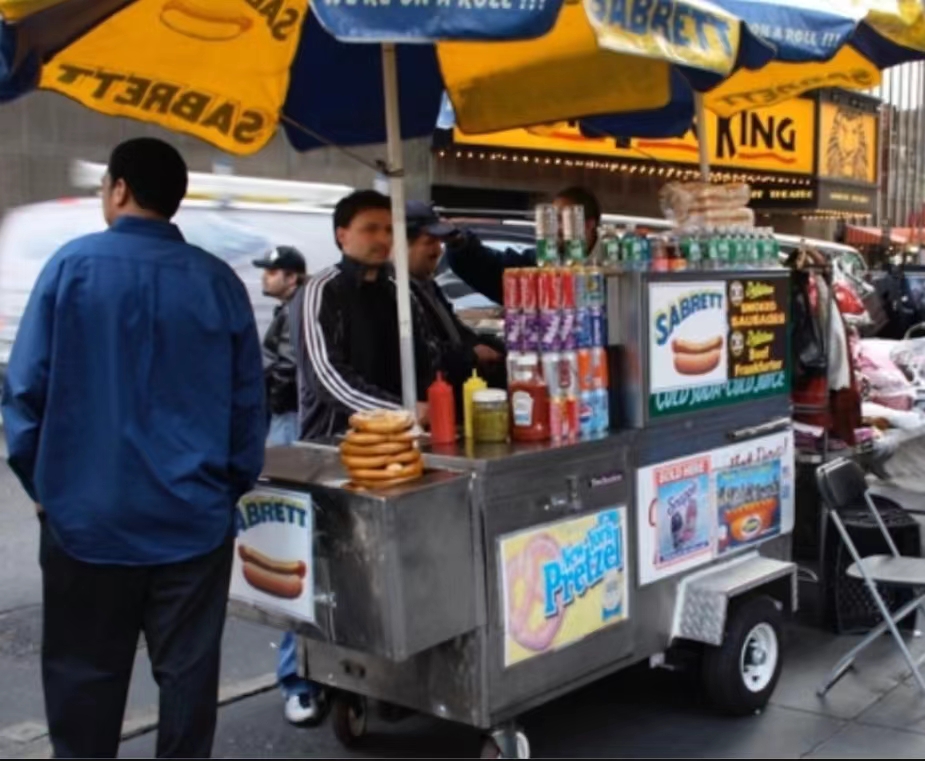
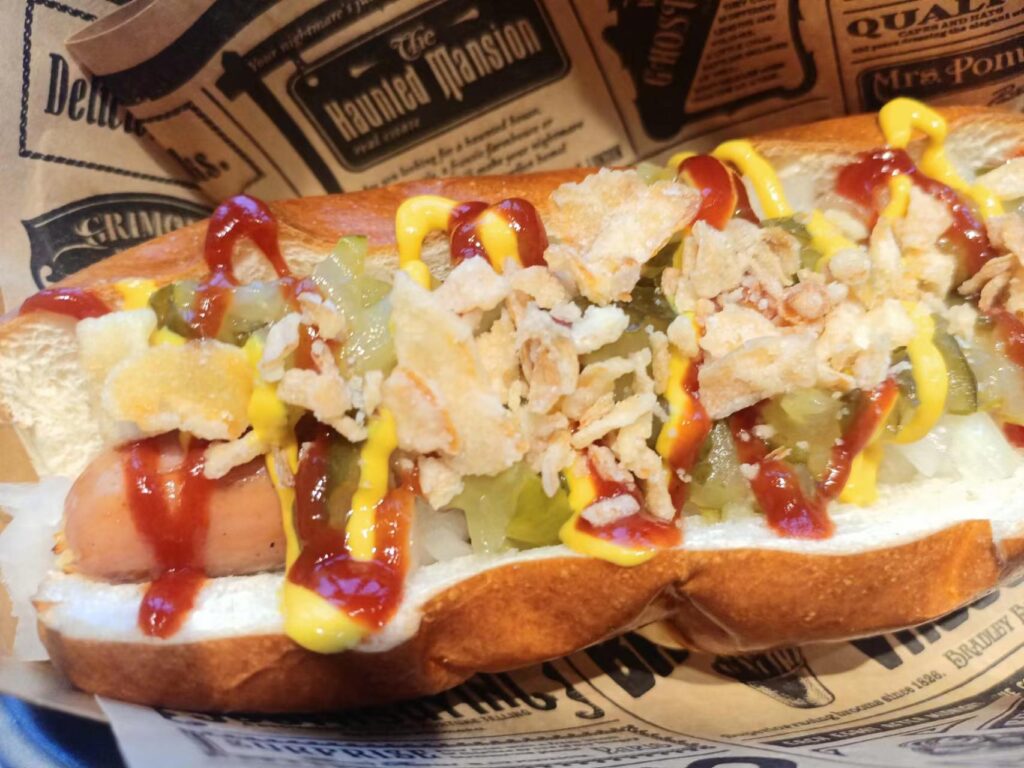
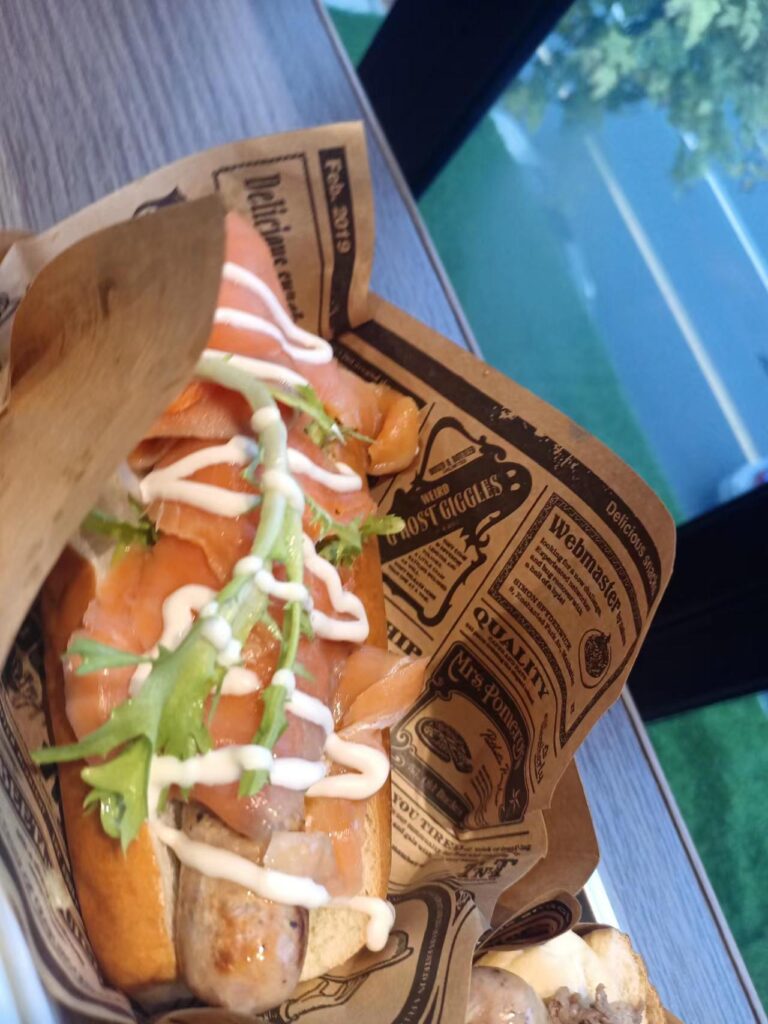
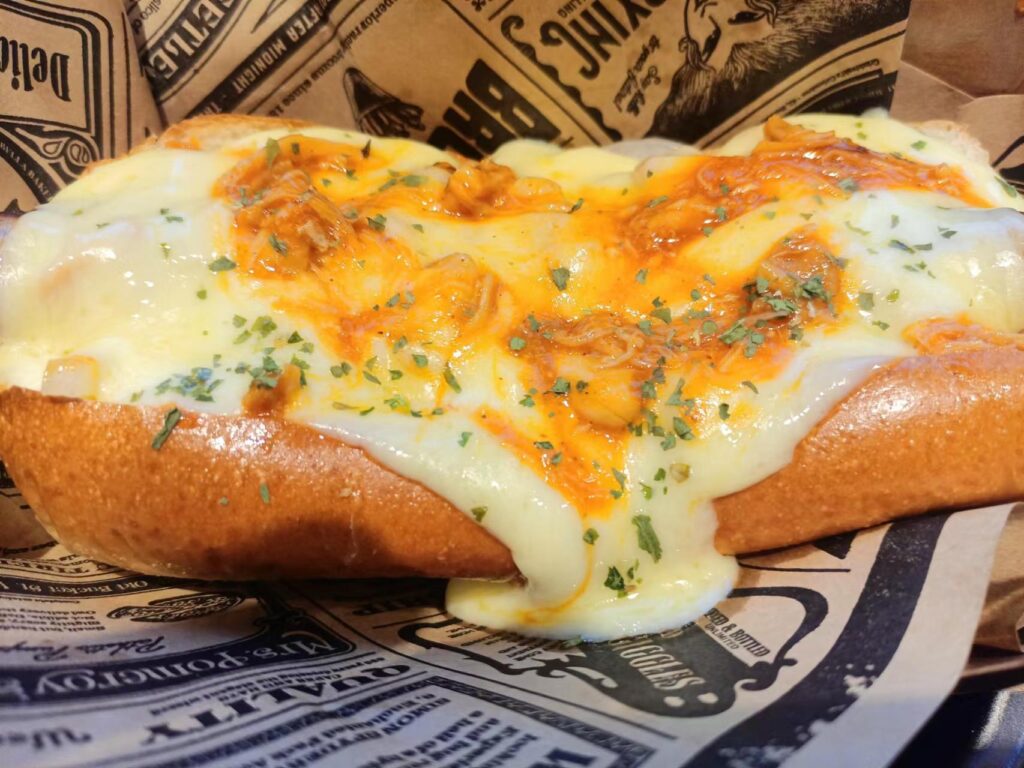
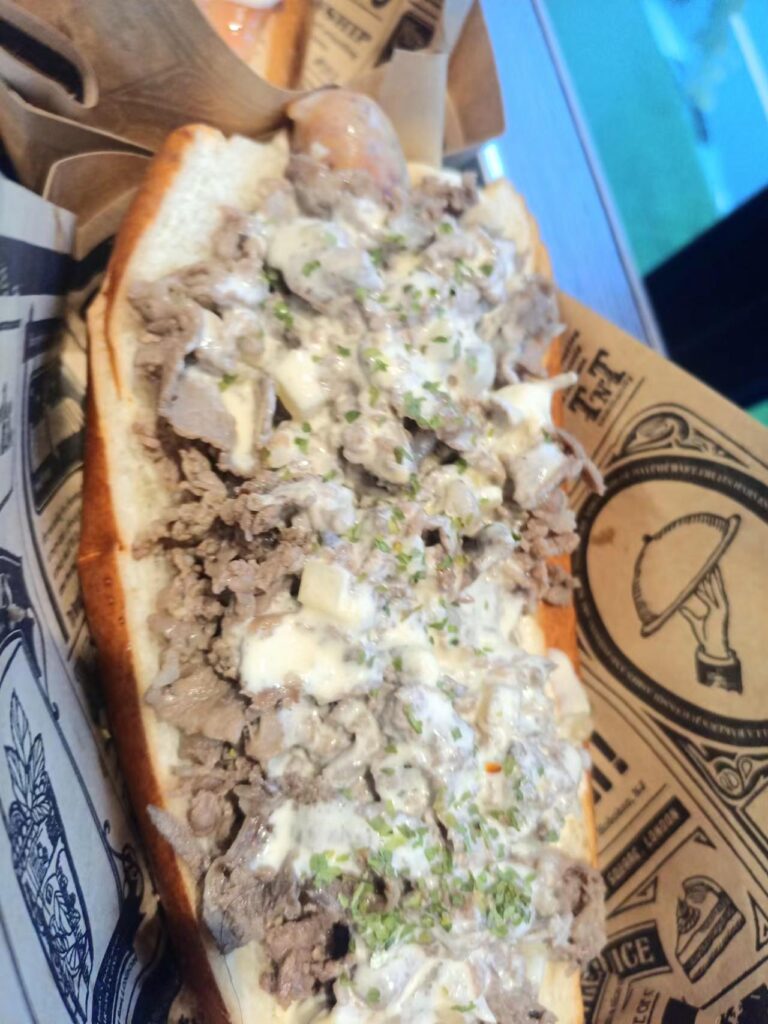
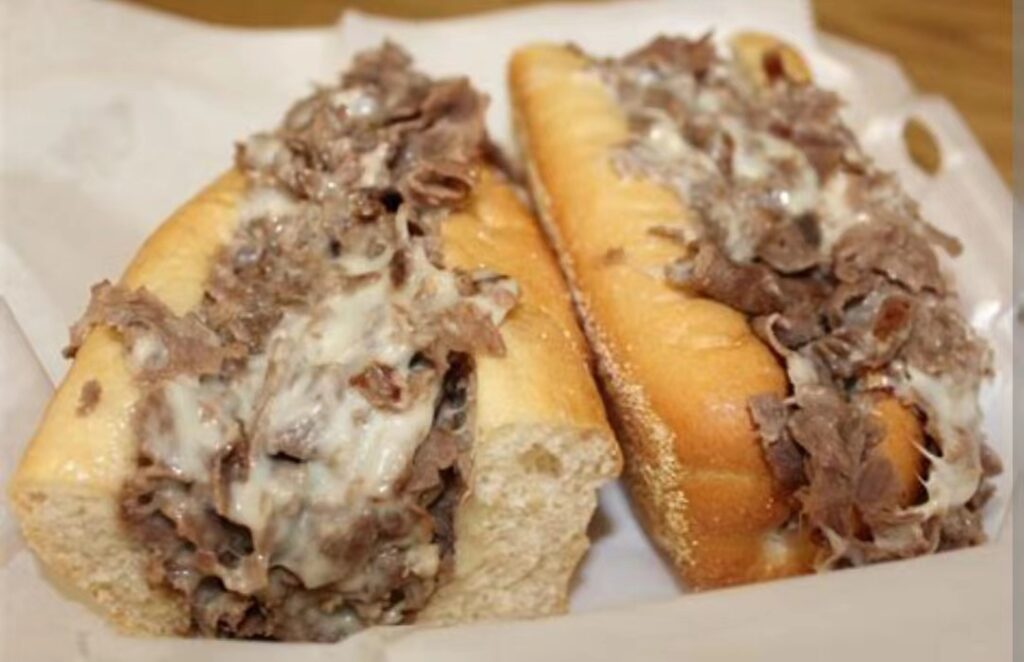
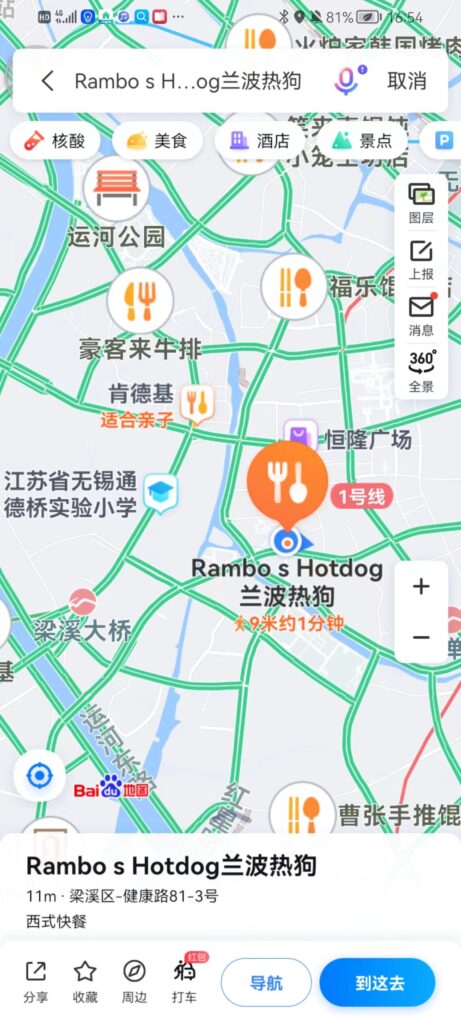
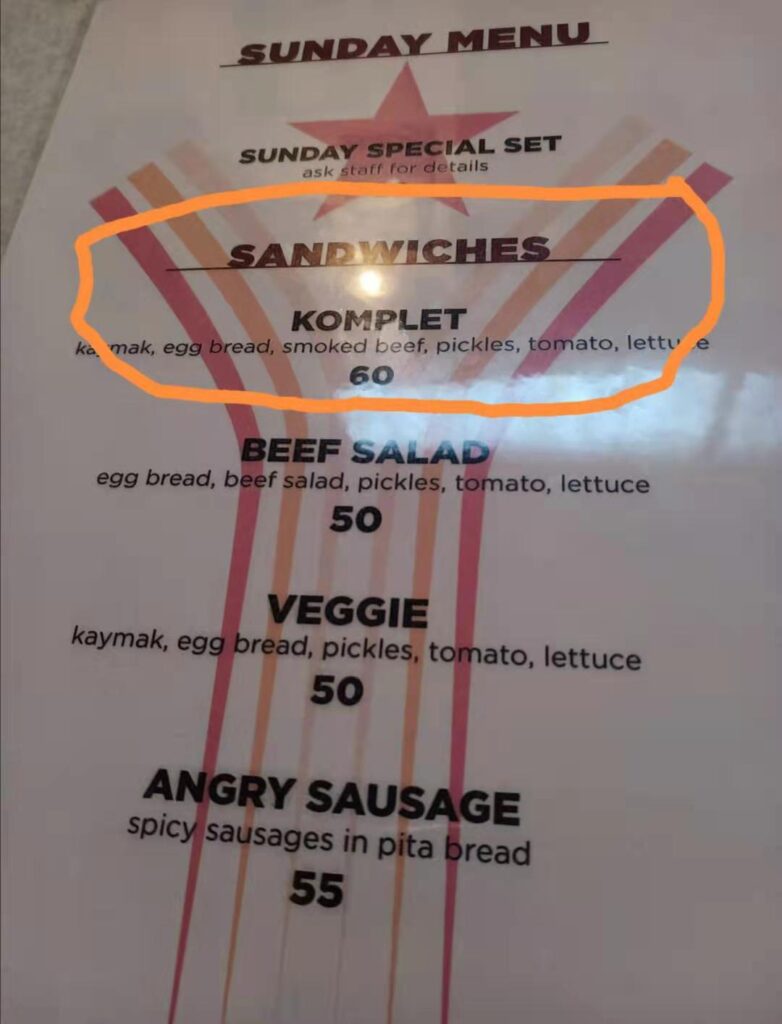
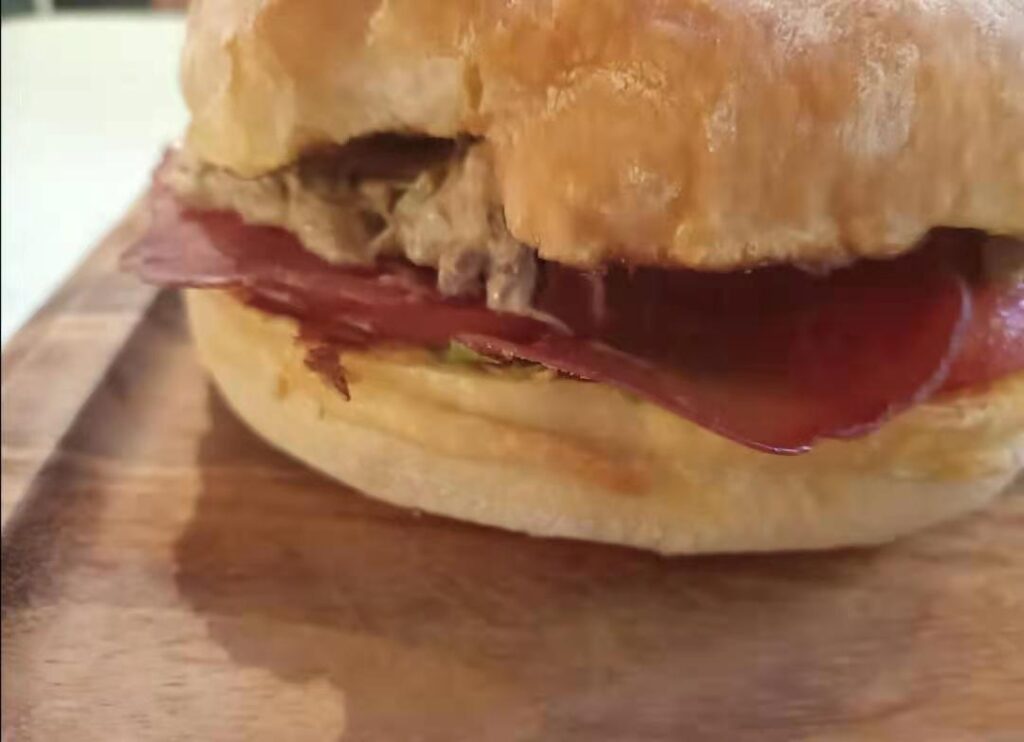
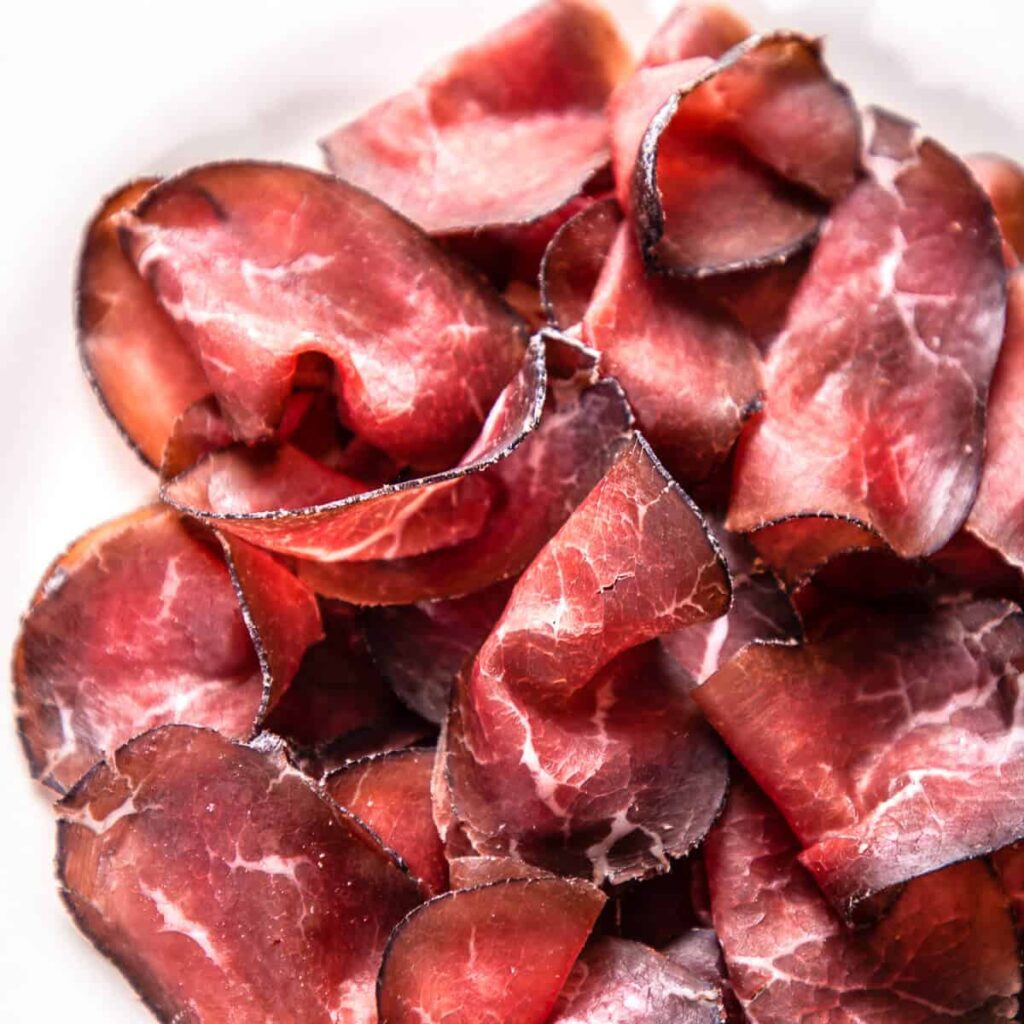
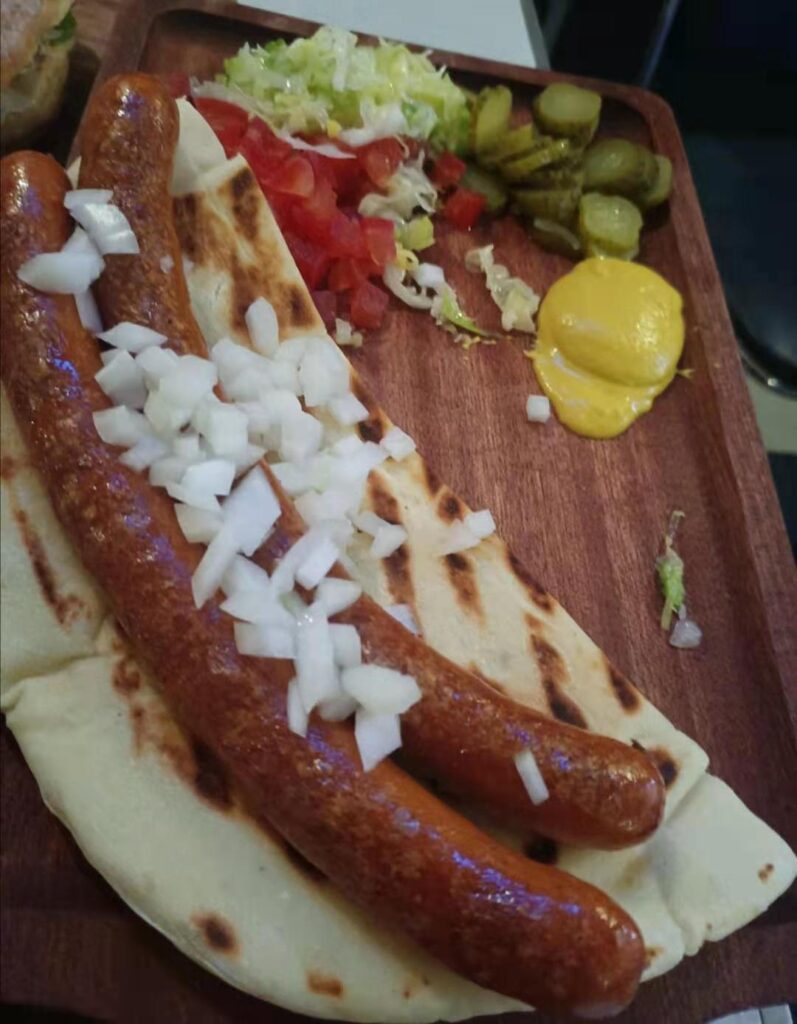
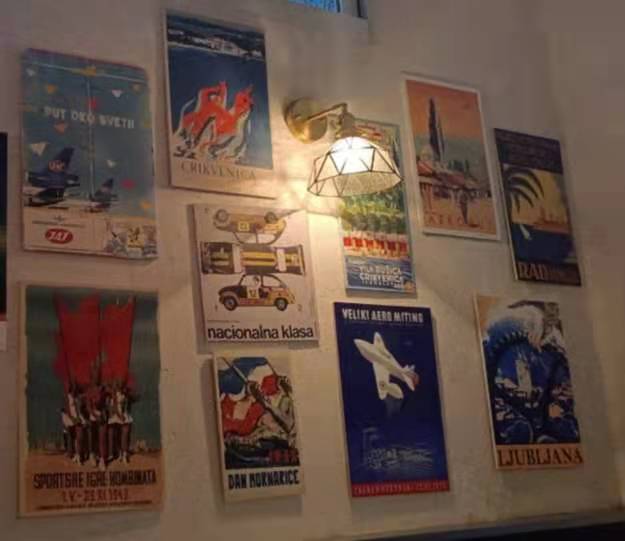


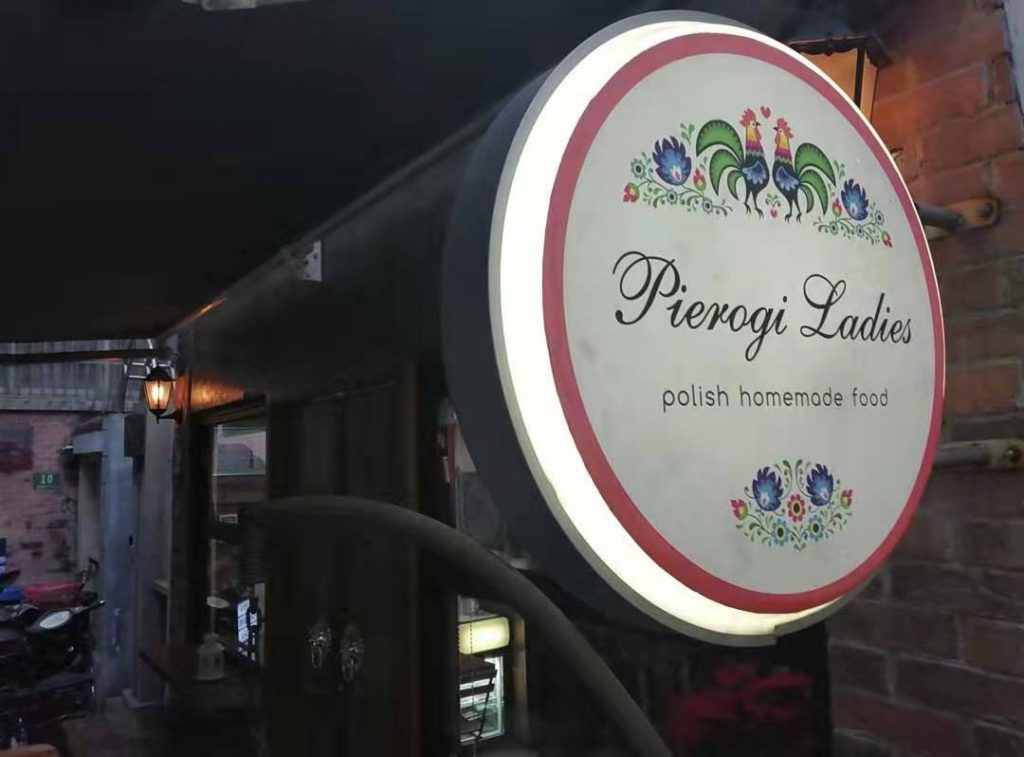

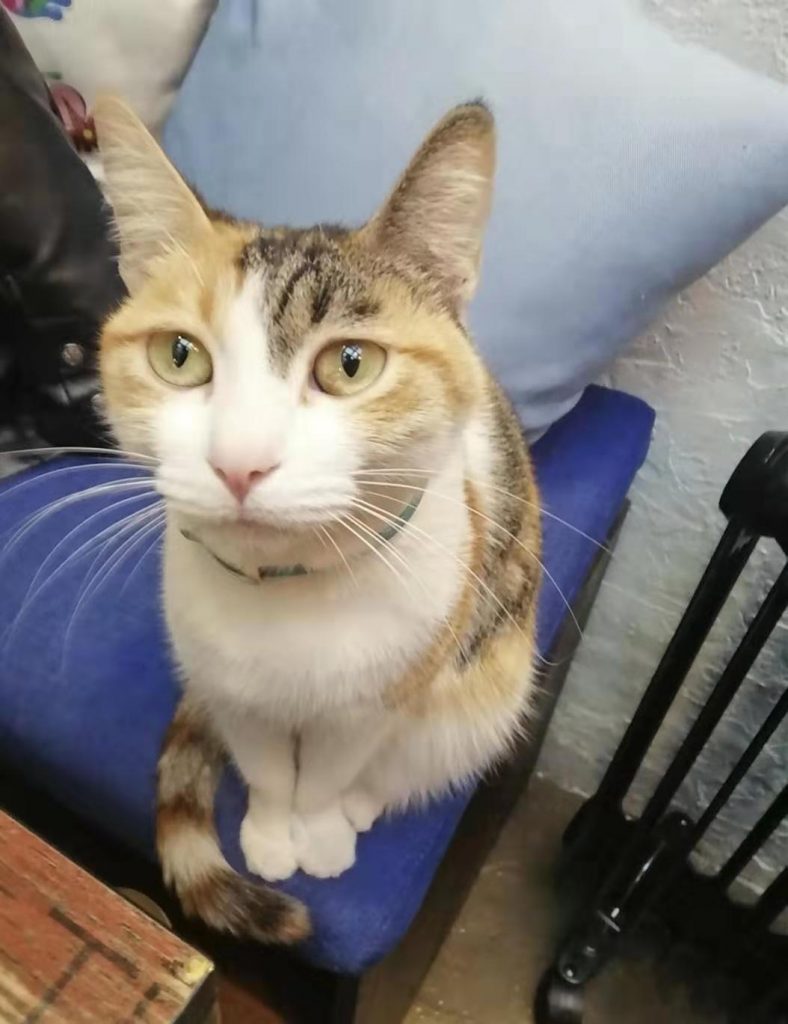

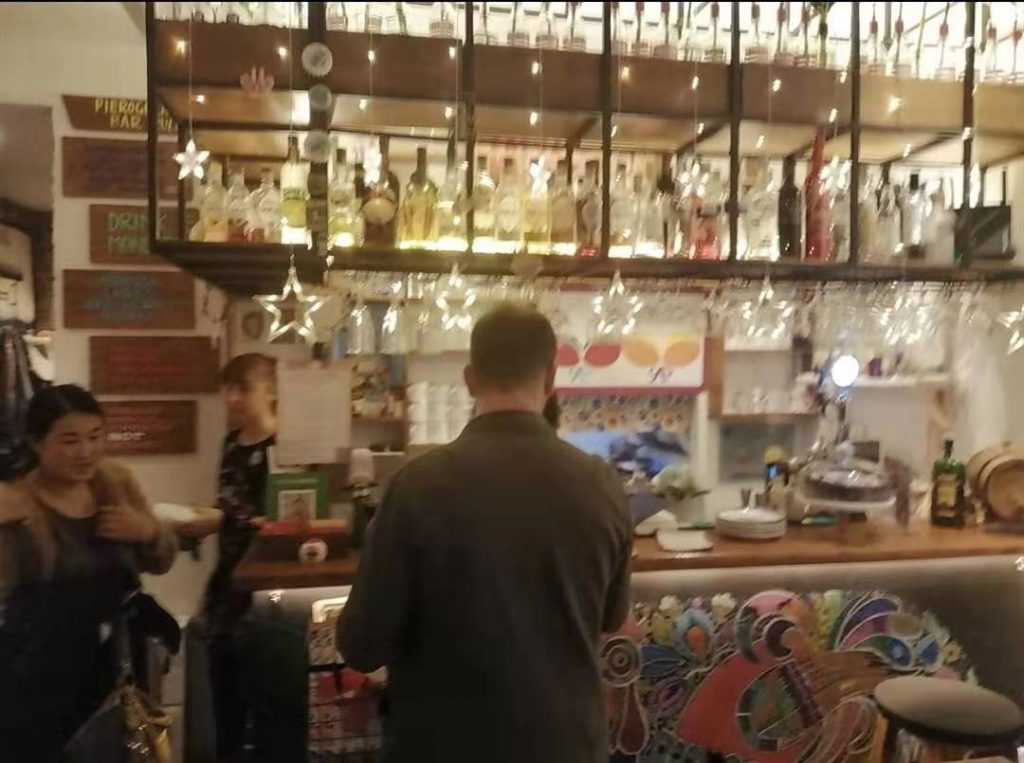
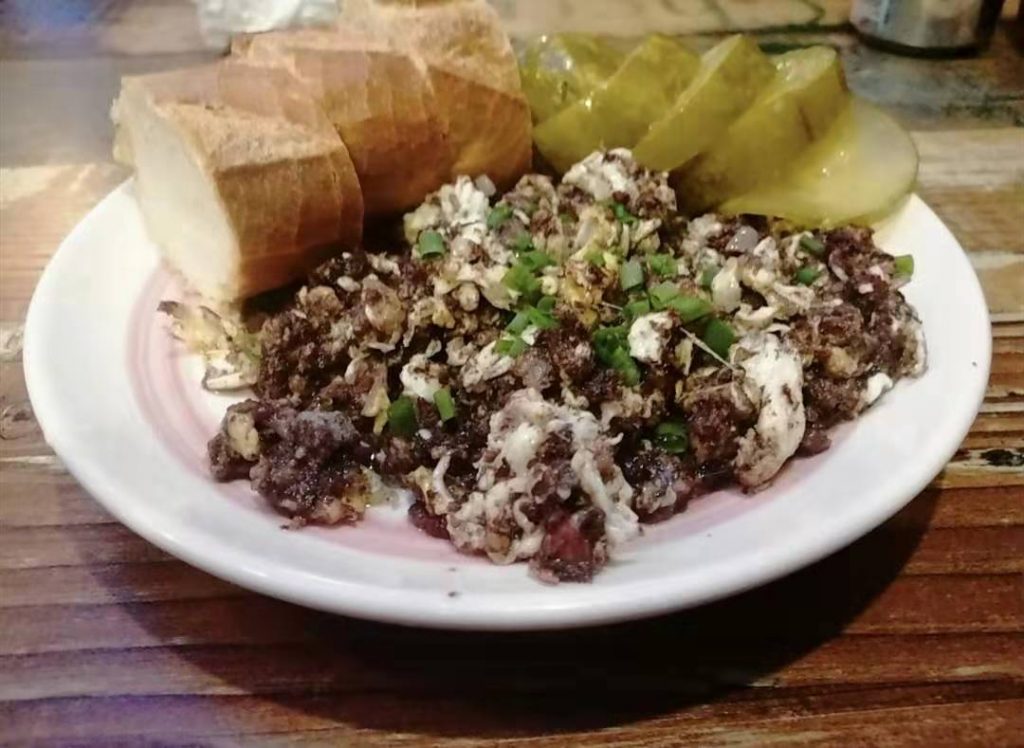
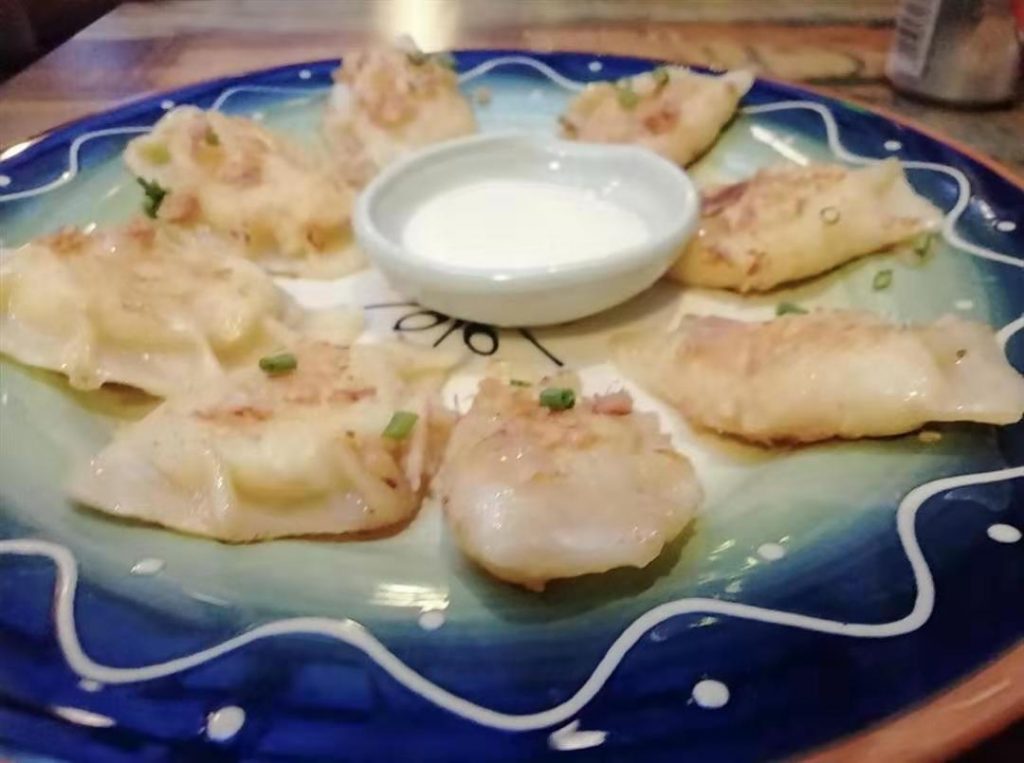
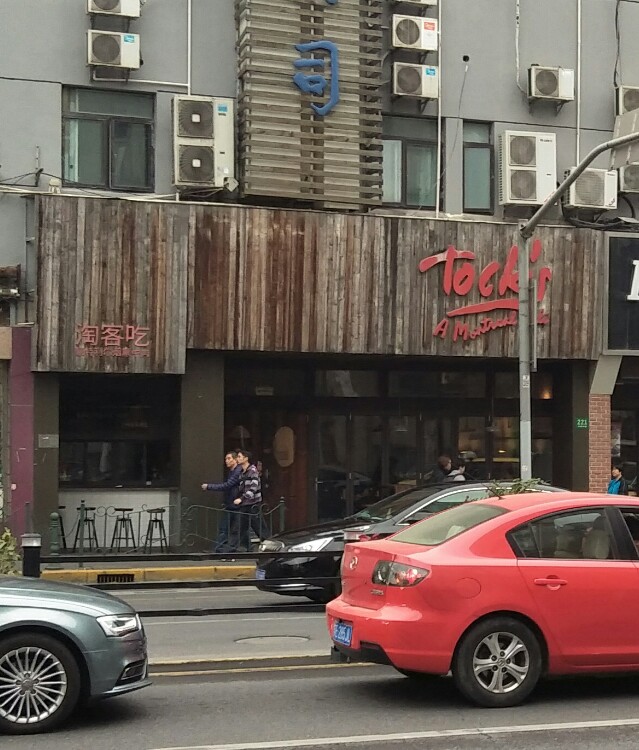
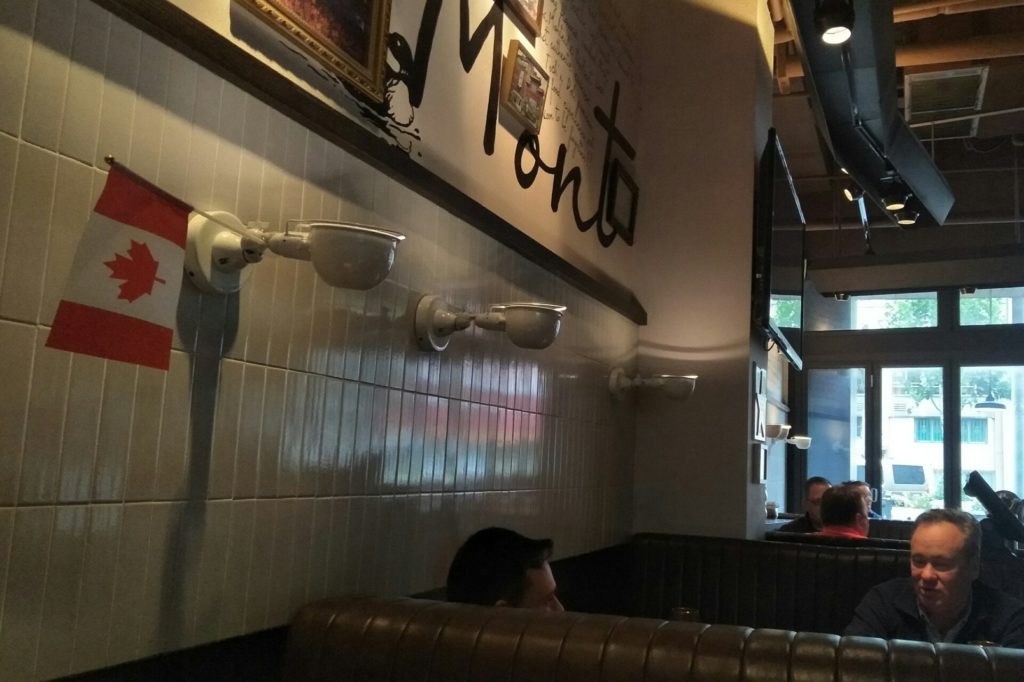
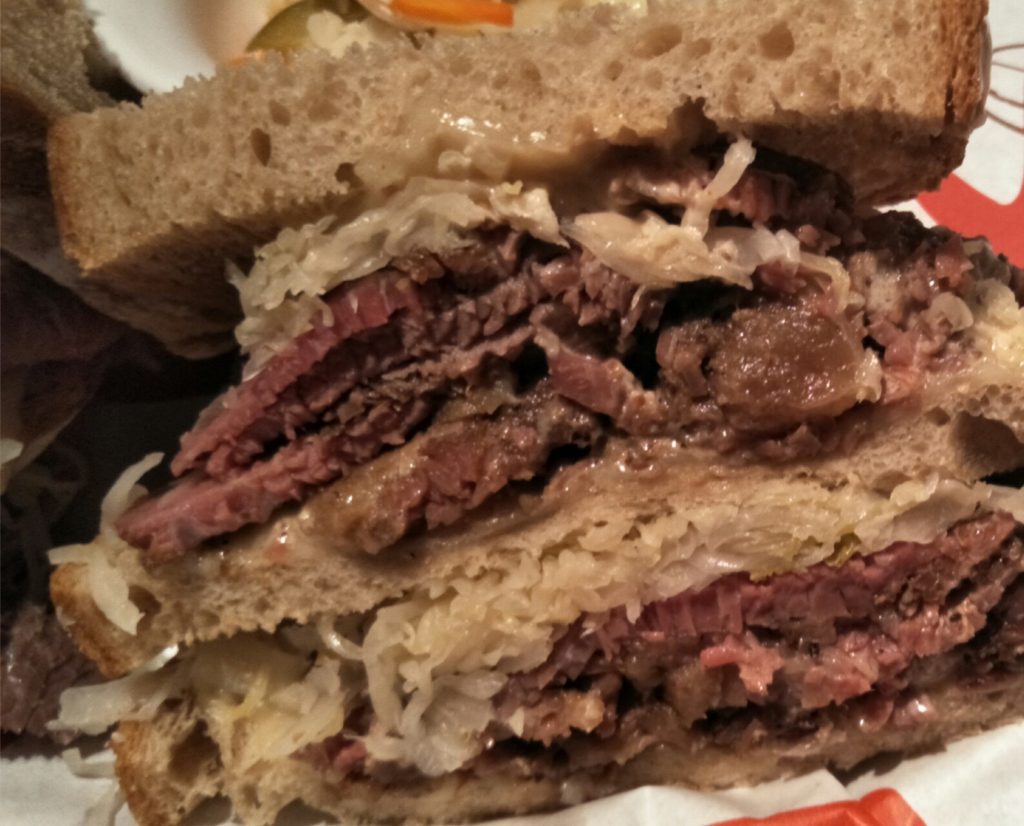
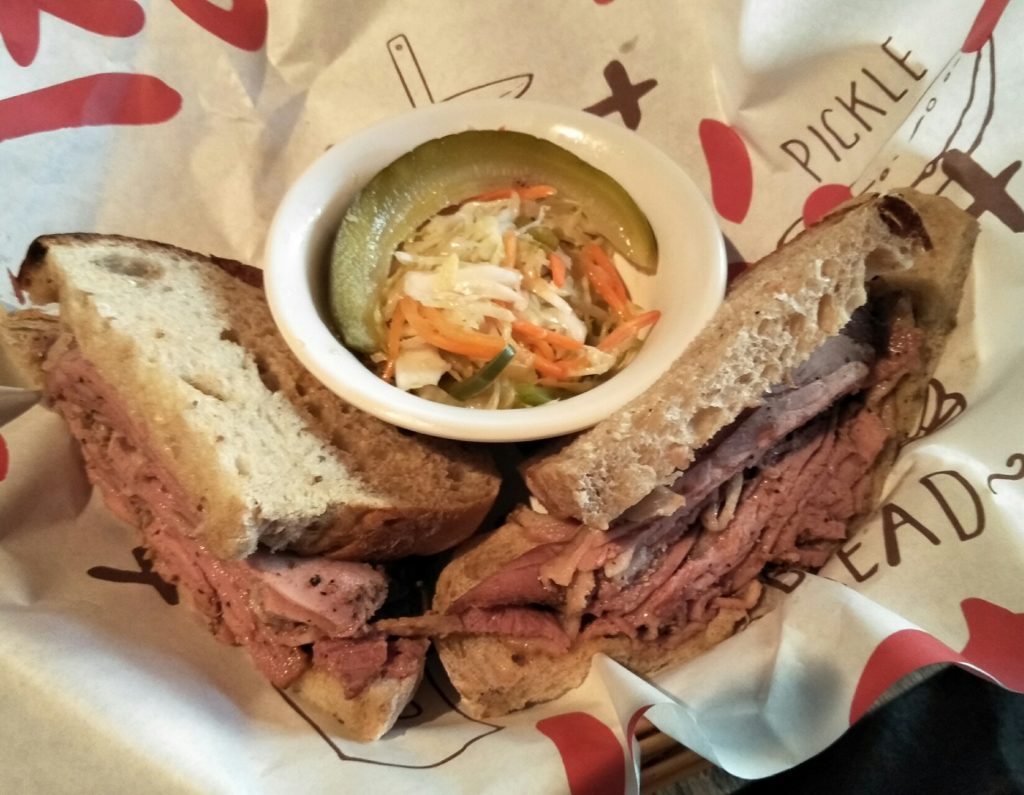
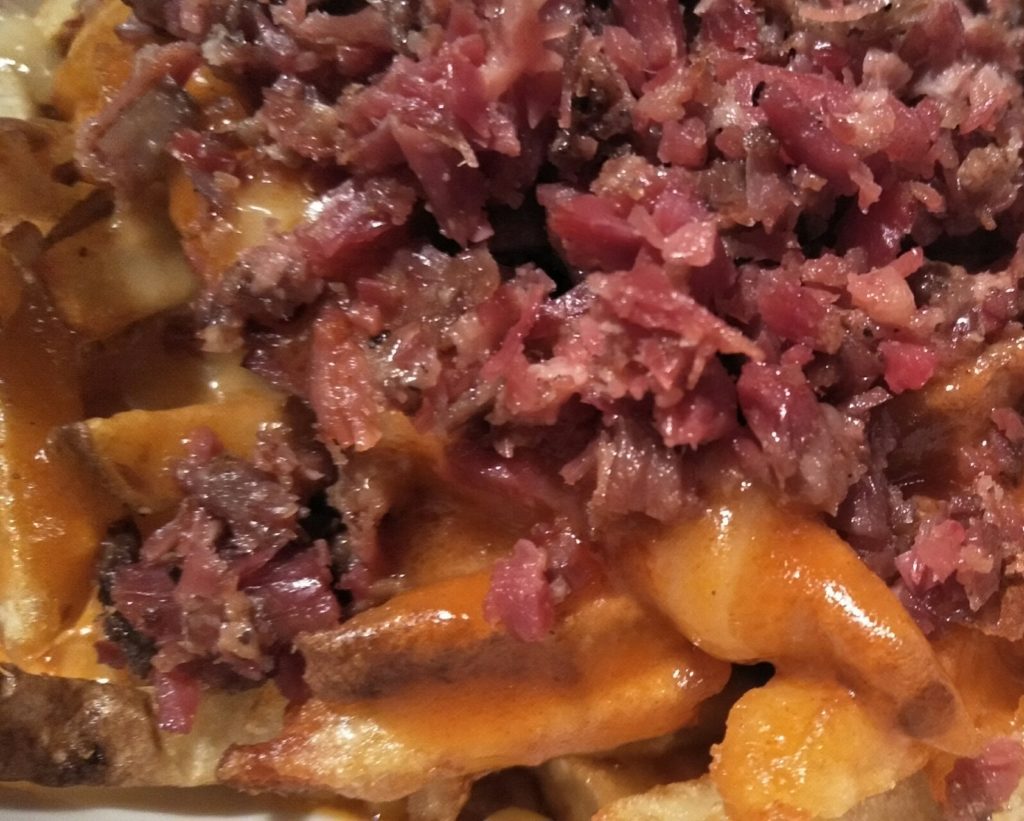
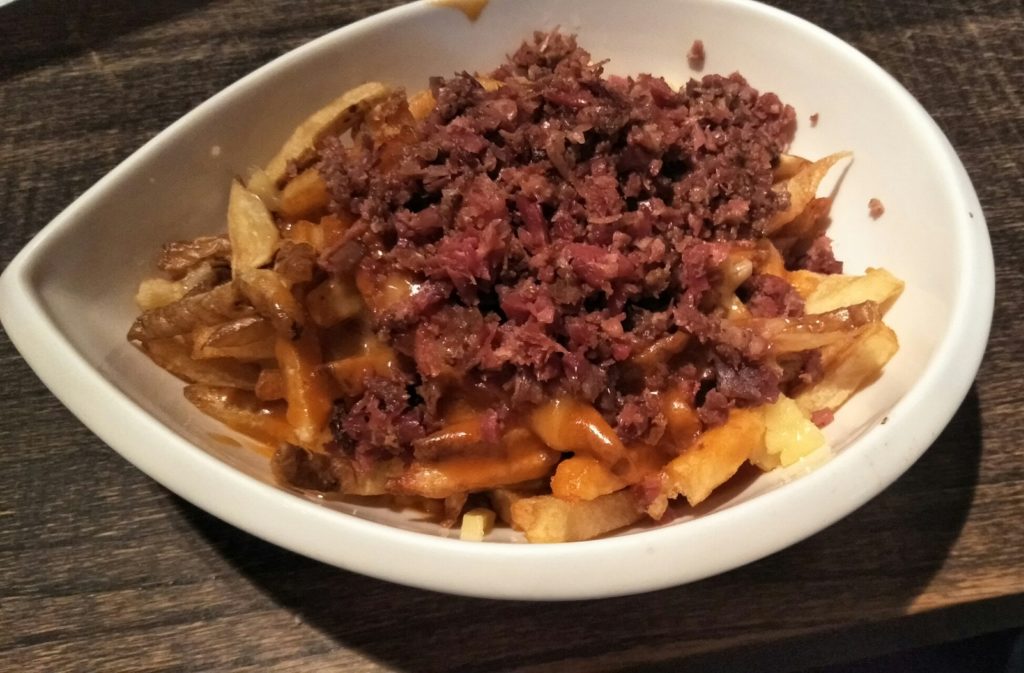
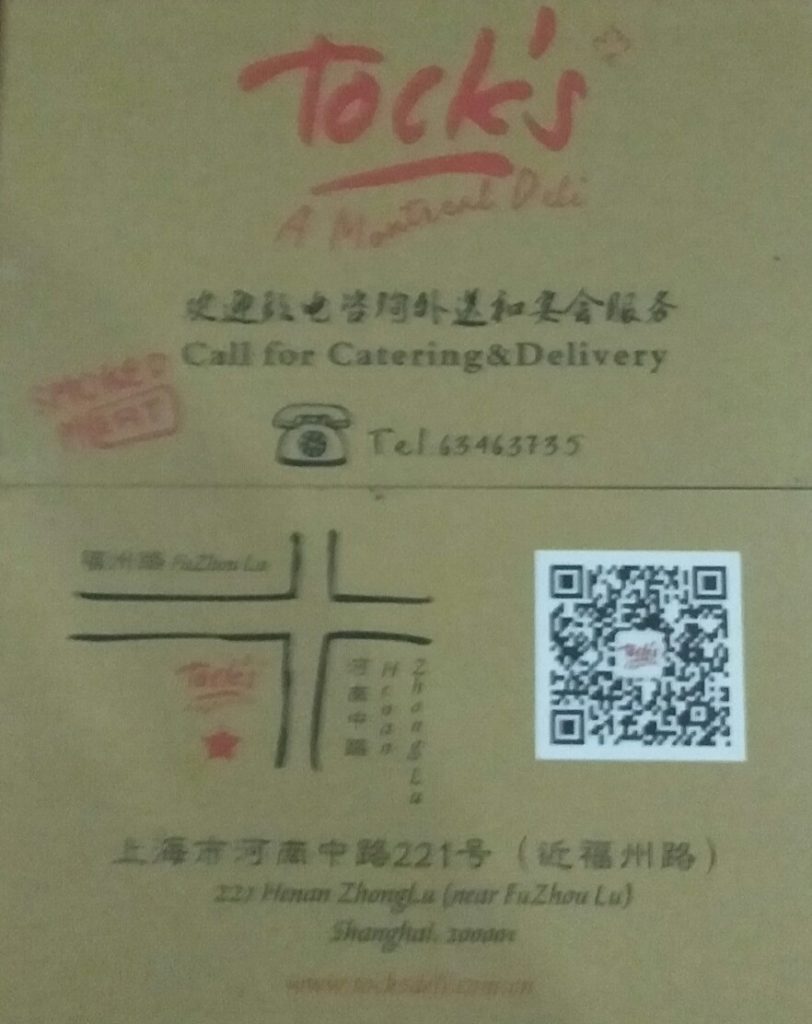
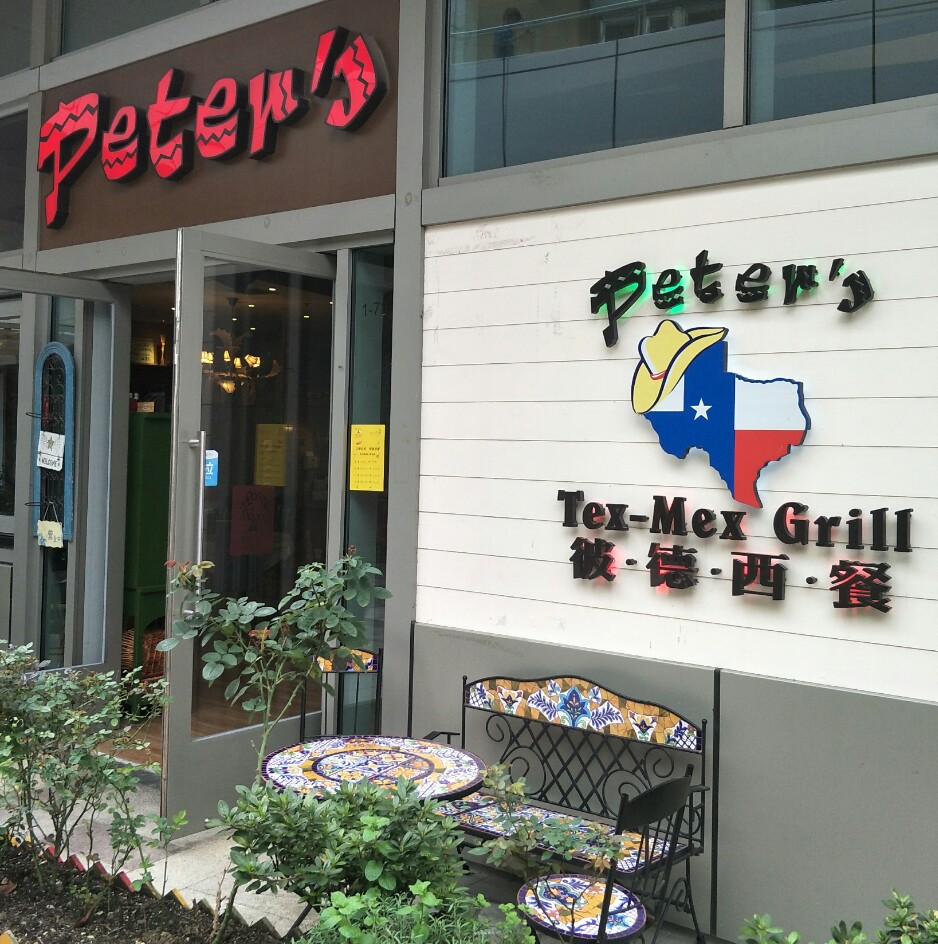
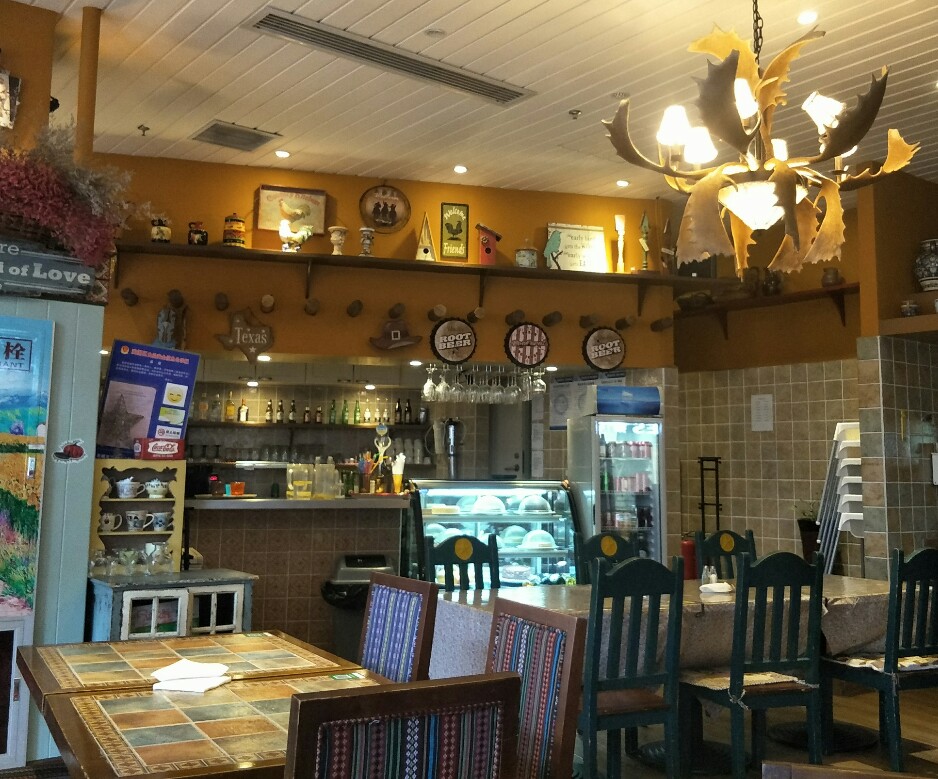
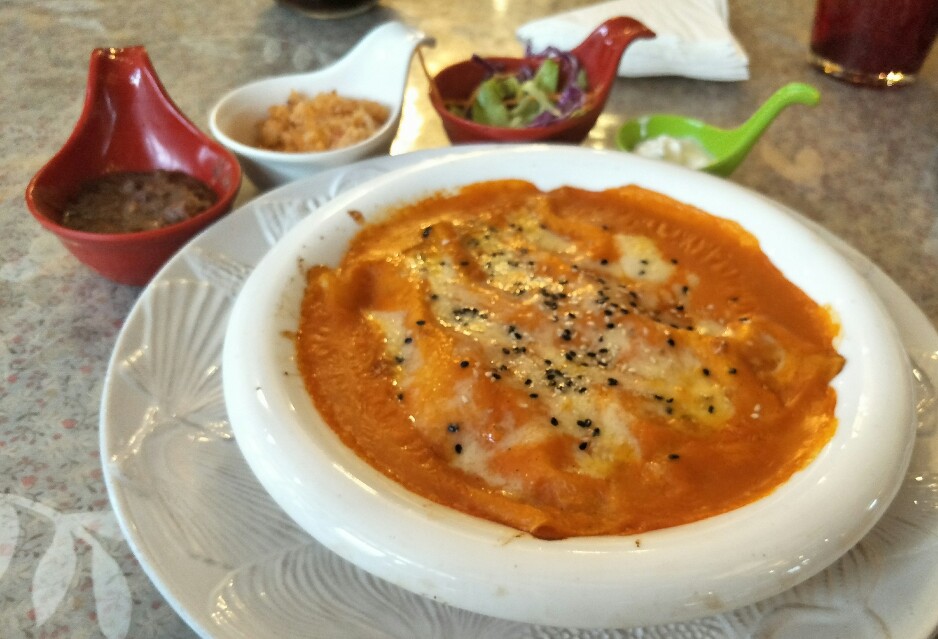
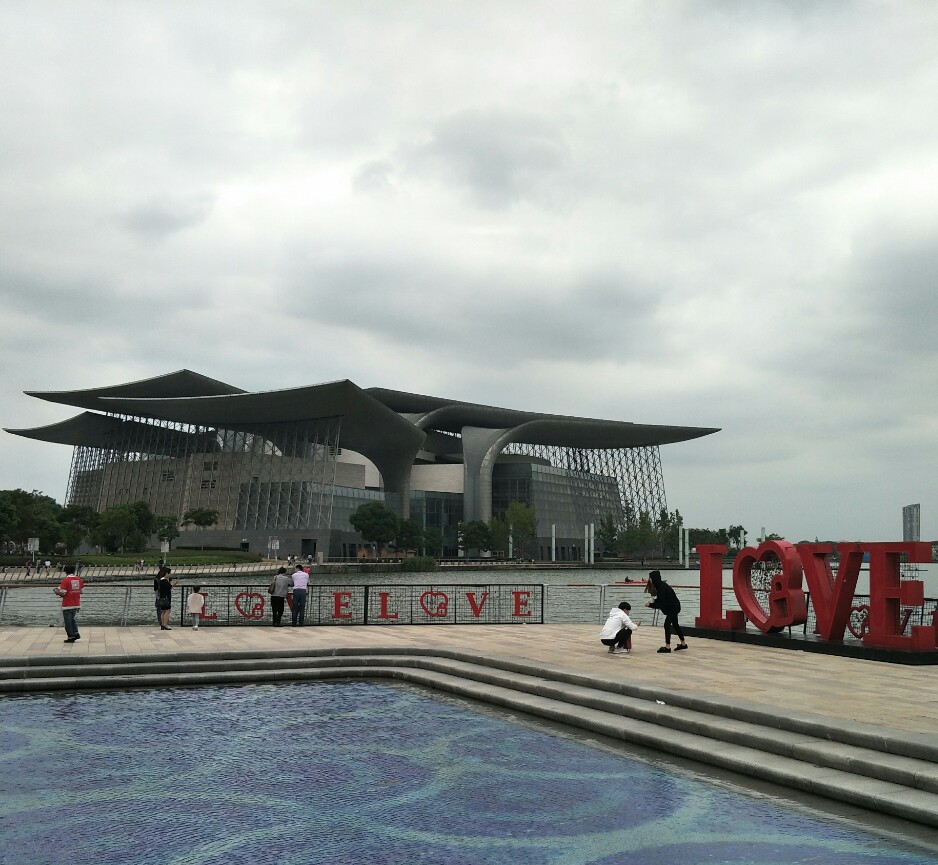











 While visiting Jiangyin either on business or as a tourist, there are a few western restaurants to consider eating at. While the city is smaller than Changzhou and belongs to Wuxi, Jiangyin is highly developed and quite modernized. There is one spot in the downtown area that seems to be central to dining and nightlife. Yijian Road has a lot of bars and restaurants.
While visiting Jiangyin either on business or as a tourist, there are a few western restaurants to consider eating at. While the city is smaller than Changzhou and belongs to Wuxi, Jiangyin is highly developed and quite modernized. There is one spot in the downtown area that seems to be central to dining and nightlife. Yijian Road has a lot of bars and restaurants.


